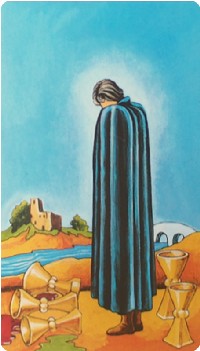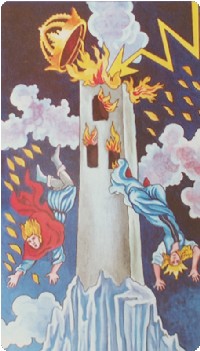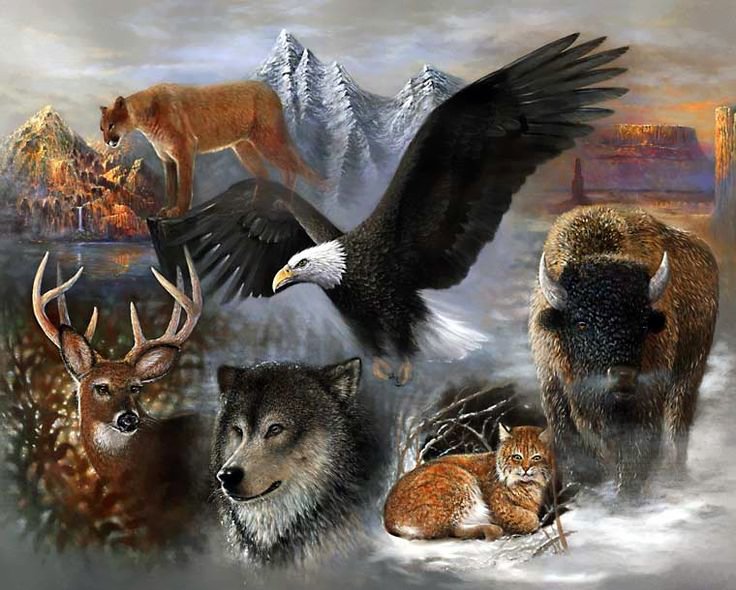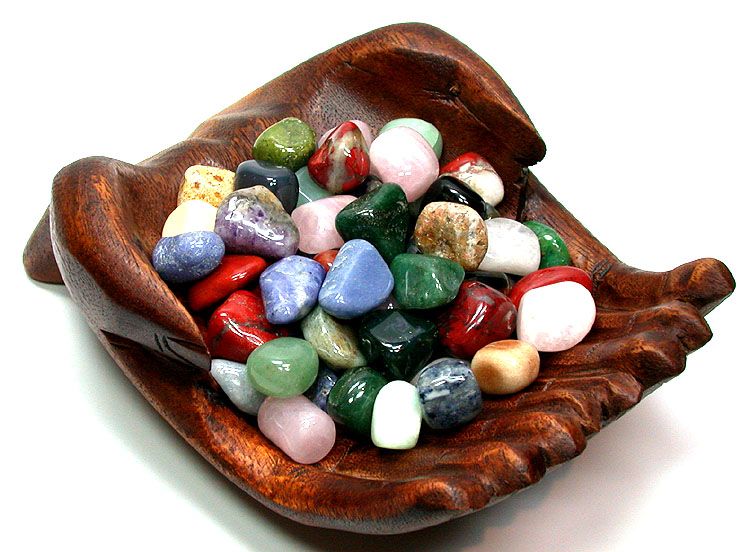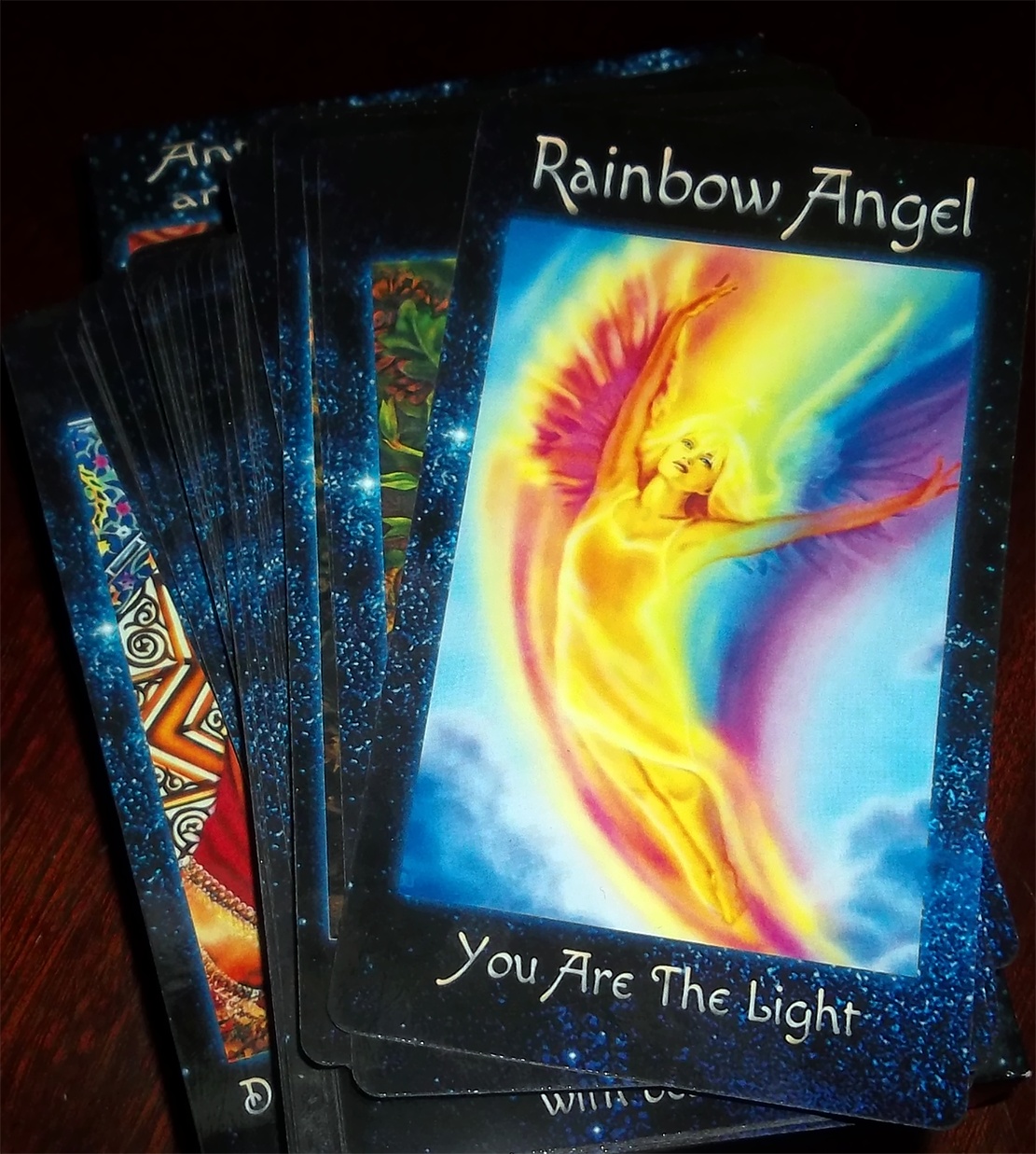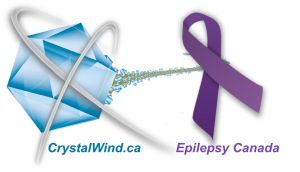Tarot by Numbers: A Fast and Simple Way to Learn the Cards with Numerology
- Details
- Written by AndEl
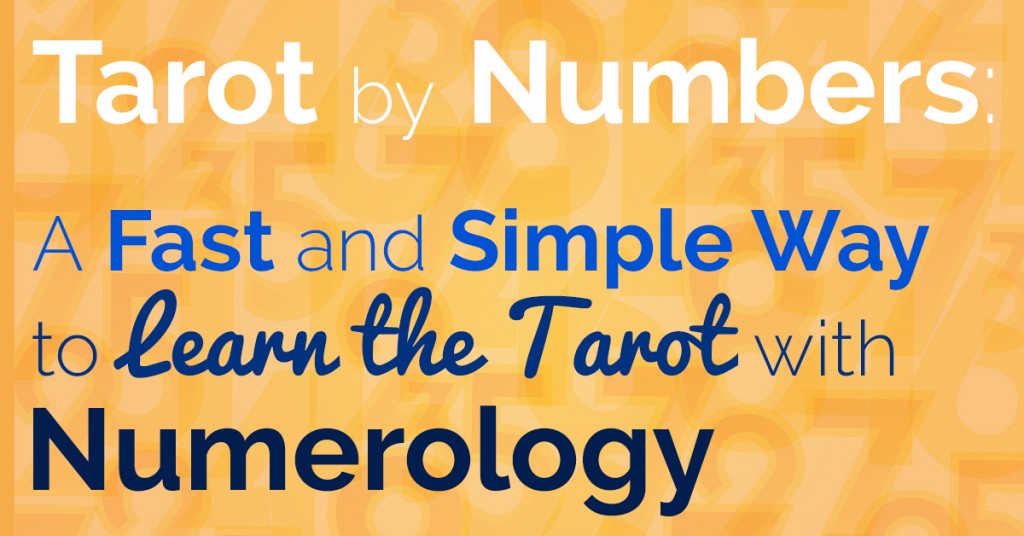
Have you ever wanted to learn to read Tarot, but were put off by having to memorise the 78 Tarot card meanings?!
What if I was to tell you that with just one simple technique, you could be reading Tarot faster than you can say “High Priestess”?
Here’s the secret. If you can learn the basics of what the numbers 1 to 10 mean, then you’ve got a head start with reading the Tarot cards.
Yes – for real!
You see, Tarot and numerology go hand-in-hand. Let me show you how.
The Numbers in the Minor Arcana
There are 56 Minor Arcana cards in the Tarot deck – 40 numbered cards and 16 Court Cards.
The 40 numbered cards are separated into 4 Suits – Cups, Pentacles, Swords and Wands, with each Suit running from Ace (1) to 10.
An easy way to get to know the 40 numbered cards of the Tarot is to learn basic numerology.
Here are a few keywords to get you started:
- (Aces) New beginnings, opportunity, potential
- Balance, partnership, duality
- Creativity, groups, growth
- Structure, stability, manifestation
- Change, instability, conflict
- Communication, cooperation, harmony
- Reflection, assessment, knowledge
- Mastery, action, accomplishment
- Fruition, attainment, fulfilment
- Completion, end of a cycle, renewal
It also helps to know a little about each of the Suits in the Tarot:
- Cups (element = water): Emotions, creativity, intuition, relationships
- Pentacles (element = earth): Material wealth, money, career, manifestation
- Swords (element = air): Communication, truth, intellect, thoughts
- Wands (element = fire): Inspiration, energy, enthusiasm
Now, combine what you know about the numbers and what you know about the Suits, and you’ll be able to determine what each of the 40 numbered cards mean.
For example, the Five of Cups is about conflict (5) in love and relationships (Cups).
And Four of Pentacles is about stability (4) in finances (Pentacles).
See – I told you it would be easy!
Now, you might be wondering how to interpret the 16 Court Cards with numerology. Well, it isn’t quite as straight-forward because the Court Cards don’t traditionally have a numerological association.
For now, let’s jump into the Major Arcana cards.
The Numbers in the Major Arcana
You can apply the same ‘Tarot by numbers’ technique for the 22 cards of the Major Arcana.
The Fool is the first card, but starts at 0, and the final card is the World (21).
Each card in between the Fool and the World has its own numerological association which means that you can apply what you know about the numbers to the Major Arcana Tarot cards.
You don’t have to know double-digit numerology either. For now, keep it simple and add together the numbers to interpret the single number.
For example, the Tower is Card 16 and 1 + 6 = 7. 7 is about assessment and evaluation – an important aspect of the Tower card. Of course, there’s a little more to the Tower card than just assessment and evaluation, but knowing the basic numerology certainly gives you a start in the right direction.
While single-digit numerology can be helpful, it can also help to understand the meanings of the numbers up until 21 to add extra depth to your Tarot card interpretations.
For example, Death is Card 13 and both Death and the number 13 relate to upheaval. 13 is also a Karmic Debt Number – a sign that we need to learn a life lesson in order to evolve spiritually.
So there you have it – you now have a simple and easy way to interpret the Tarot cards using basic numerology as your guide!


And if you want even more techniques to help you master the Tarot card meanings, then you’ll find them all in my online training program, TF1: Master the Tarot Card Meanings.
Credit: biddytarot.com
Liked this article? Dive deeper into personal growth and wellness! Check out CrystalWind.ca for spiritual wisdom or explore AromaWorx.ca for natural well-being tips. Spread the positivity—share this with friends on their happiness journey!
Let’s Chat! Drop Your Thoughts Below! ![]()
Latest Articles
Dive into the Mystical World of the Crystal Wind Oracle Deck!
Get All the Enchanting Details Now!
NEW Expanded Boxed Edition!
Now with 58 Cards for Richer Wisdom!

Imagine a world of inspiration and healing, free for all—made possible by YOU!
Donate Now—Ignite the Magic at CrystalWind.ca!
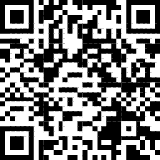
Epilepsy - Finding A Cure
Your donation can make a difference!
Help us find a cure – donate now!
Unlock Your Light: Join Lightworkers Worldwide on CrystalWind.ca!
Featured!
-
What Is Tarot Astrology? Open or Close
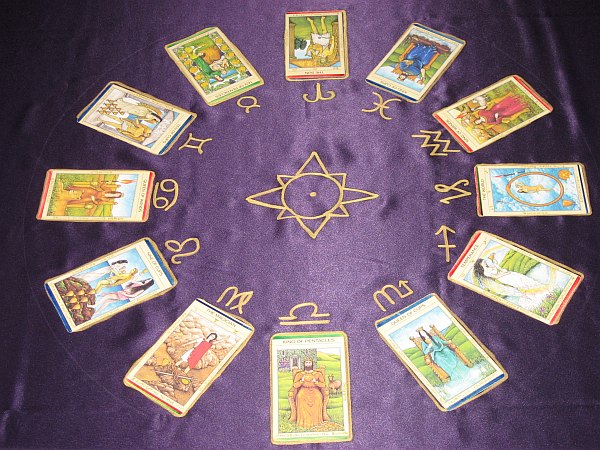
Tarot astrology is the system through which a reading of the cards in a tarot deck help you through troubled times by offering a reflection on your past, present and future. Tarot is closely associated with astrology as each card relates to a planet, element, or astrological sign.
Tarot cards are used for divination, often known as fortune telling. But, many psychologists have used them as well, feeling that the cards often make patients delve in to how they feel about themselves. This is done through the subconscious. For example, let’s say you know work is not going well, but you do not allow yourself to think about it. Getting a tarot card reading that shows you need to change occupations is not really telling your future so much as it is making you face what is really going on in your life.
Read More- The Tarot Open or Close
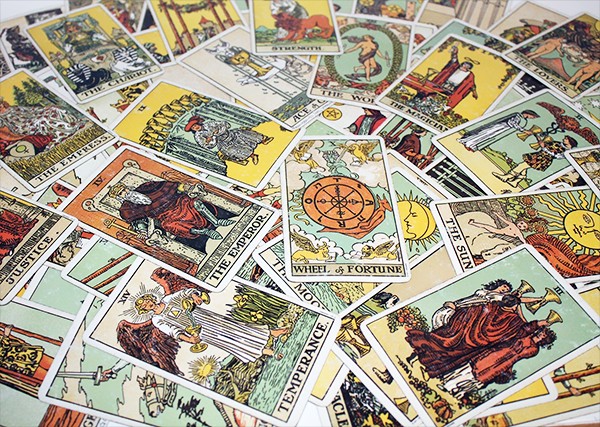
The Tarot (pronounced tair-row) is a combination of teachings that reflect the aspects of life, a symbolic "book of life" in the form of pictures that can be read or meditated on from "cover to cover". It can also be opened randomly for insights to issues. As a source of information, it is actually a channel by which pictures bring the situation to light and explain what caused it to occur. Those same pictures depict how the situation is being played out as well as the predicted outcome when placed in "spreads" of various patterns. That outcome will be in accordance to the choices that have currently been made by the client as well as outside influences which they have little or no control over. The Querrent (person asking the question), needs to be informed of this so they understand that they have free will and can apply it if they so choose. The Tarot is informative, enlightening, and it's accurate.
Read More- The Tarot: An Intuitive Health Tool Open or Close
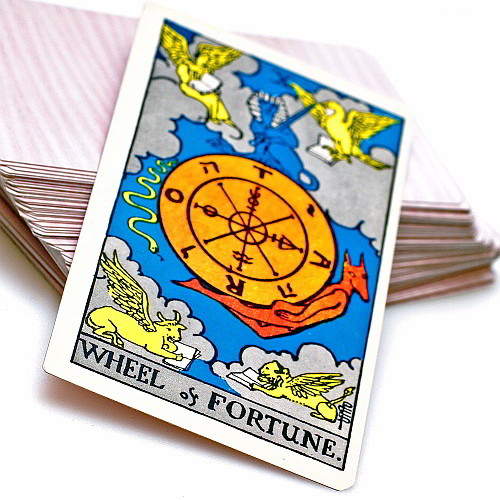
When I began reading the Tarot Decks back in 1973, I used the traditional readings. Later on, I studied Carl Jung and his analysis of using Tarot for the study of emotional and mental problems. The many students in my area were using the Major Arcana of Tarot Cards to do the analysis. After many years, I have finally discovered a mannerism to use the entire Tarot Deck for the ‘Healing Intuitive Reading’. In this reading, we examine five planes of health in a being. The heart and blood, the liver, pancreas, adrenals and kidneys, thymus, immune system and finally, the brain, are examined.
Read More- Tarot Card Meanings (A Quick Reference Guide) Open or Close
- Here Are 7 Daily Tarot Spreads For Your Morning Ritual Open or Close
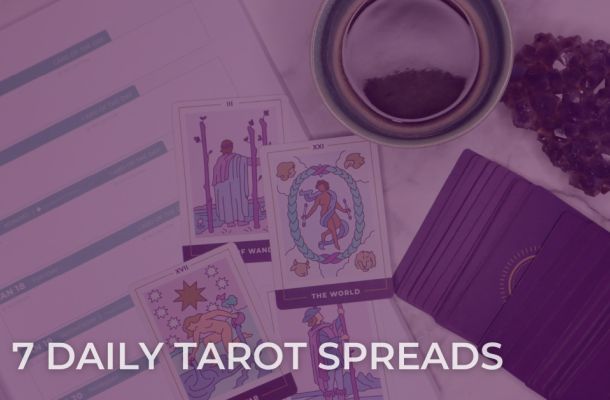
I confess, there have been way too many mornings where I’ve woken up, kicked off the covers, and reached for my phone. In seconds, I’d already be texting, answering emails, scheduling appointments, or checking my latest social media post.
Read More- How to Use Tarot as a Tool for Personal Growth Open or Close
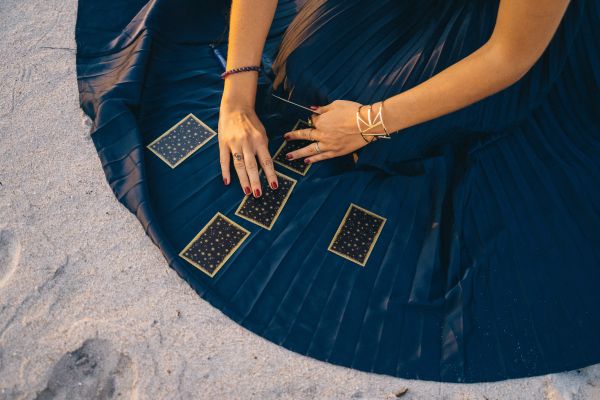
Have you ever felt like you have an inner voice, but you just can't seem to tap into it? Or maybe you're stuck in a rut and need some insight into the life decisions you're facing.
Read More- What is Tarot Card Reading and What Should You Expect? Open or Close
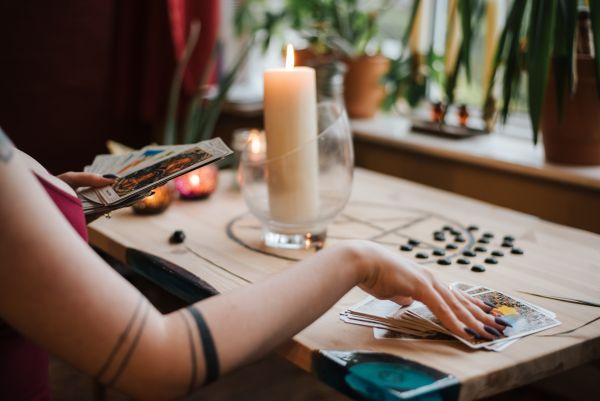
Tarot card reading has been a source of fascination for centuries. The ancient art of divination using tarot cards has captivated people from all walks of life.
Read More- Tarotscope December 2024: Your Comprehensive Monthly Tarot Forecast Open or Close

As we approach the end of 2024, December promises a rich tapestry of energies, insights, and transitions.
Read More- Tarot Secrets for 2025: Navigate Cosmic Dance via Celtic Cross Open or Close
- February 2025 Tarotscope: Messages from the Cards Open or Close

The Wheel of Time turns once more, bringing us to February's sacred dance of energies. As the ancient wisdom of the Tarot whispers its secrets, we invite you to journey with us through the cosmic currents of this pivotal month.
Read More- February 2025 Tarot Reading: Messages from the Cosmic Winds Open or Close

By And_el [Originally published on CrystalWind.ca]
Beloved souls, as we enter the sacred month of February 2025, I've connected with the Divine energies to bring forth messages that will illuminate your path.
Read MoreArticles: Tarot
Follow Us!
- The Tarot Open or Close
Featured This Month
Lugh - Celtic God Of The Sun
The god Lugh was worshiped in Ireland as a deity of the sun. This connection... Read more
Chalcedony
The Stone Of Orators Chalcedony was very popular as a decorative stone in ant... Read more
Sun in Cancer
Cancer Sun Sign Characteristics Overview The name "Cancer" comes from Latin, ... Read more
Lammas by The Hedgewitch
Although in the heat of a Mid-western summer it might be difficult to discer... Read more
Egyptian Zodiac/Astrology
Egyptian astrology was one of the earliest forms of astrology. The Egyptians w... Read more
Abalone Shell
Echos Of The Ancestors Abalone strengthens the structure of the body and th... Read more
Cancer Mythology
The Mythology of Cancer: A Celestial Tale of Loyalty and Sacrifice Among th... Read more

